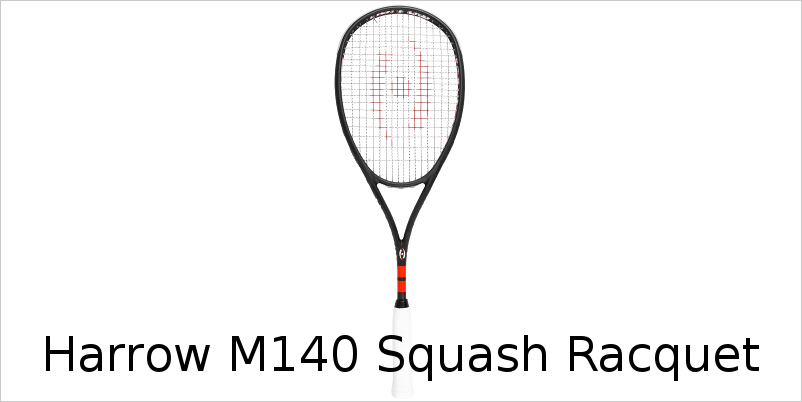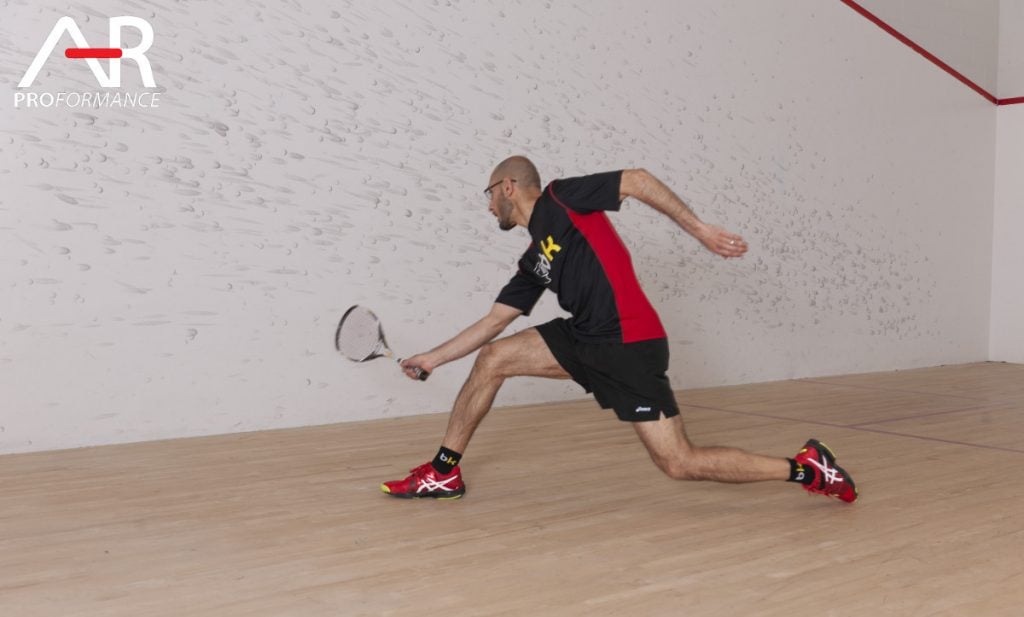No player can deny that having a strong length and volley game is a great advantage on court. Being able to keep your opponent on the back of the court by using solid lengths is a very important part of the game as it keeps the rally under control and can lead to attacking opportunities. One of such opportunities is being able to volley on the mid-court if your opponent leaves an open shot. But in order to do this you need to practice. So I will talk about a fun and easy, three part drill that any player can do with a friend and that will help them strengthen both their length and volley games.
The first part consists of rotating drives on one side of the court while returning to the ‘T’ after every shot. The first player will start at the back of the court as if they were going to receive a normal serve. The second player will start by standing on the ‘T’ with the ball; this player will be the one starting the drill. Once the drill has started after the second player has ‘served’, both players will take turns returning just straight lengths to the back of the court while returning to the ‘T’ after every shot is hit. It is crucial that both players come back to the ‘T’ after every shot since this is what will happen during a real match. The idea is to try different types of lengths (hard and low, lob, etc.) and to get the other player out of position. Both players should concentrate on accuracy and good rotation; tight shots and clearing the ball are essential. This should be done until the players are able to have a fluid, long rally with minimum mistakes. The first part of this drill will help players gain the muscle memory necessary to hit straight, tight shots with good consistency. The first 30 seconds of this video shows how this first part works:
Now, the second part of the drill can be introduced to speed things up a little bit.
The second part consists of one simple thing: volleys. The drill will stay the same. Both players will start the drill in the same way as in the first part, but now volleys come into play. Either player is allowed to hit a straight volley to the back of the court (and only to the back of the court) whenever they wish to. So now two very important factors come into play: keeping the ball tight, and taking advantage of the volley. When one of the players is able to keep the ball tight, whether it is a high or low shot, they will prevent the other player of hitting a good volley or of volleying at all. But, whenever a player doesn’t keep the ball tight, their opponent can start adding pressure with volleys. The key elements here are to concentrate on keeping the ball tight, rotate fast, get into a volleying position, and to add pressure when hitting a volley. Players should get back to the ‘T’ fast and pay close attention to whether they will be able to hit a volley or not. If the possibility of hitting a volley presents itself, they should try to add pressure by hitting a hard and low shot to the back which will cause the other player to be out of position generating more opportunities to volley. The second part of this drill will help players recognize good volleying opportunities and to act quickly once these opportunities are present as well as to gain muscle memory as in the first part. The third and last part will add even more speed to the drill as well as more variety of shots.
The final part is the most fun. Now, players are allowed to hit volley drops. This new addition makes this drill very dynamic and explosive, putting to test both the players’ stamina and technique. If a player is presented with the opportunity to volley they now have multiple options on which shot to play and how to play it; now deception plays a very important role. For example, if a player knows they will be able to volley their next shot, they should try to hold their racquet in position for as long as possible in order to surprise their opponent once they hit the ball. For example, a player can fool their opponent to think they are going to hit a volley to the back of the court to then continue to hit a volley drop. This part should be done as fluidly as possible concentrating on rotation, deception, and good accuracy. This last part will help players improve their physical endurance, shot accuracy, and to get used to a more dynamic and fast game. Also, players can feel free to change things a bit too if they wish too; instead of volley drops, volley cross courts to the back can be used and then the same drill will continue on the other side of the court. So, many different things are happening during this great drill where players can improve their technique, strategies, and endurance.
Drills are the best way for a player to improve their game and this drill will hopefully help many players accomplish part of that. It is always very important to have strong lengths in order to keep the game under control, as well as strong volleys to attack and add pressure. The combination of these two in a single drill will help simulate the dynamics of a real match thus providing players with a great tool to improve their games.



